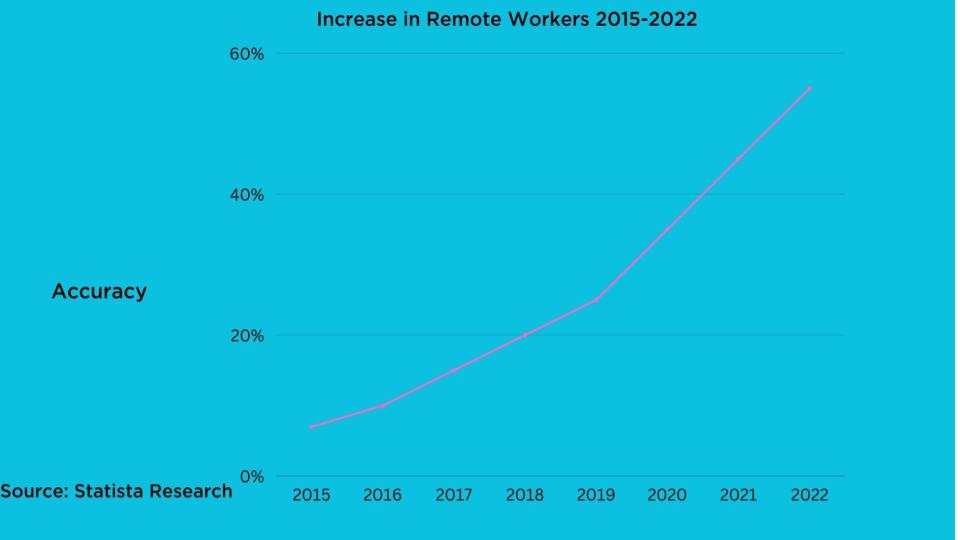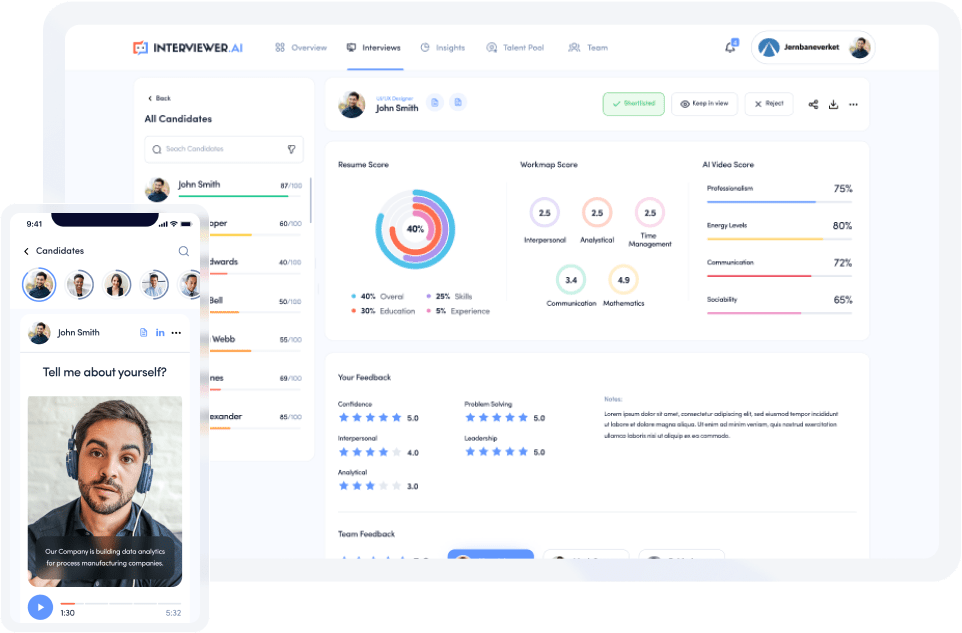The way we communicate with each other is a natural part of our personality and life experience. However, since businesses aren’t faceless entities, this communication carries into organizations as well. That said, how do you define effective communication?
Well, Effective communication Is the process of sharing information that is simple to understand between teams and people in an organization. This is one-way employees and the management interact with each other to reach business goals.
However, it’s important to note that the way businesses communicate and collaborate has evolved over the years. This can be attributed to the rise of digital platforms and advancement in technology.
Tech and the growth of digital platforms have transformed traditional communication methods and forged new channels for connectivity.
Evolution of Cross-Platform Communication
Not long ago, communication was limited to traditional channels like email and face-to-face meetings. There’s no doubt that these channels have served and continue to serve their purpose. However, in comparison, they lack the speed, flexibility, and reach offered by today’s digital solutions.
The proliferation of messaging applications and video conferencing has no doubt enabled instant and multi-directional communication.
The evolution of cross-platform communication has been a fascinating journey, marked by numerous innovations. Developers have been constantly creating applications that work seamlessly across multiple platforms.
Some providers, for instance, provide cross-platform communication for Slack users. The integration of Slack with Microsoft Teams enables users to send messages to colleagues on different platforms. What’s amazing is, this happens without anyone having to leave Slack’s familiar interface.
Let’s assume that half of your members use Microsoft Teams remotely and the others use Slack.
These two platforms can be connected in the background. This then enables users to continue using their preferred platform but still engage with each other. The Microsoft Teams Slack integration streamlines workflow and saves time. As such, employees will no longer have to switch between apps to interact with their colleagues who are using the other platform.
Here is a line graph to show the increase in remote workers in the recent past thanks to cross-platform communication.

The Role of Cross-Platform Communication in Modern Business
Due to the influence of Artificial Intelligence, organizations are under pressure to stay ahead of the competition. Cross-platform communication has become an important part of modern business strategies. That’s because it allows organizations to engage employees, as well as, clients on the go.
It’s clear that organizations are leaning into the advancements in technology. But how exactly does the integration of cross-platform communication benefit them?
For one, cross-platform communication improves collaboration in today’s remote-friendly workplace. Organizations are no longer constrained by geographical locations. That’s because of the fact that they can connect with employees through group chats.
Cross-platform communication also enables the use video conferences, cloud-based documentation, and productivity software. This helps keep projects on track and improve alignment across business units.
Cross-platform communication also helps to streamline operations and ensure consistency in messaging. Customer-facing teams can communicate and transfer knowledge in real time across multiple channels. This helps to ensure a seamless omnichannel experience for customers without switching platforms.
Benefits of Cross-Platform Communication for Businesses
In this digital world, a lot of mobile applications are released into the market every day. The reliance on smartphones has made mobile app development vital in the industry.
To get maximum benefit, however, this form of communication has become the default for many organizations. Aside from this, here are some other reasons you should be investing in it:
- Convenience: Cross-platform communication programs, just like most software, can run on existing devices. For this, you need not have specialized hardware, and this reduces the cost of implementation. This in turn also allows your staff to use the devices that they’re familiar with.
- Security and privacy: Management teams are sometimes worried about cloud tools. This worry is usually because of cybersecurity threats and privacy concerns. However, the developers or reputable applications always respond with security features. This ensures that your sensitive information is kept intact as it travels through the network.
- Mobility: We live in the age of remote work and there has been an emphasis on maintaining a mobile workforce. Remote and in-office teams can benefit from a line of communication regardless of where they are.
Cross-platform communication allows them to do so. They’re able to access communication even when they’re away from their desk on personal business.
- Feature set: Another significant benefit of cross-platform communication is the potential for more features. A lot of mobile applications have call recording and transfer. They also have visual voicemail, video conferencing, status, and notification support.
- Effective reach to the target audience: A cross-platform communication app is the best way to go about having maximum exposure to your target audience. This enables top UX design firms to make use of various platforms. Whether Android, iOS, or even the web, you only need one app that can run smoothly on these platforms.
- Simplified processes: Automated communication workflows across tools like email and document sharing streamline processes. This helps to save the time spent on projects. Besides this, it also reduces the errors brought about by manual work and enables standardization.
- Increased accessibility and convenience: Mobile optimization and integration make it easy to collaborate through different channels. This helps facilitate productivity and fast responses to internal and external stakeholders.
- Improved customer engagement: Omnichannel customer communication integrated across social media, and email creates a seamless experience. Meeting clients on their preferred platforms improves satisfaction and boosts loyalty.
Challenges of Cross-Platform Communication
Like all technological advancements, cross-platform communication has its own challenges. Here are some of the challenges which organizations need to address:
- Operating system compatibility: Every operating system has distinct characteristics. This encompasses a diverse range of APIs, programming languages, and design principles. Also, you must remember that for iOS and Android, maintaining a platform’s compatibility can be challenging. That’s why you must prioritize mobile optimization and pick versatile platforms.
- Missing features: It’s not always an update lag. Sometimes it’s just that the development framework cannot support certain features. That’s why you may sometimes run into situations where the hardware functionality is not supported by the cross-platform development work.
- Integration issues: It’s possible for a cross-platform communication app to cause integration issues. The cross-platform approach can make it difficult to integrate your app with local settings and even preferences. For this, you may use a third-party cloud service to overcome such a challenge. However, that approach may compromise your application’s security and is therefore, not recommended.
The Future of Cross-Platform Communication
As technology continues to advance, cross-platform communication is likely to become more effective. Cross-platform frameworks are expected to develop further. This will bring about more improved performance and seamless platform-specific feature integration.
AI and machine learning will play an even bigger role in optimizing communication workflows.
Conclusion
As the way we communicate and do business evolves, we must continually keep pace with technological advancement. We must ensure that teams have the knowledge and capabilities to use these tools.
Cross-platform communication stands out as an important strategy for the modern business environment. It enables seamless collaboration and improves workflow. It also leads to better customer engagements and data-driven insights.

Daniel Martin has hands-on experience in digital marketing since 2007. He has been building teams and coaching others to foster innovation and solve real-time problems. Dan also enjoys photography and traveling.
Learn more about how Interviewer.AI can help your business. Increase your hiring team’s efficiency using a combination of resume scoring, skill assessment, and asynchronous video interviews.










